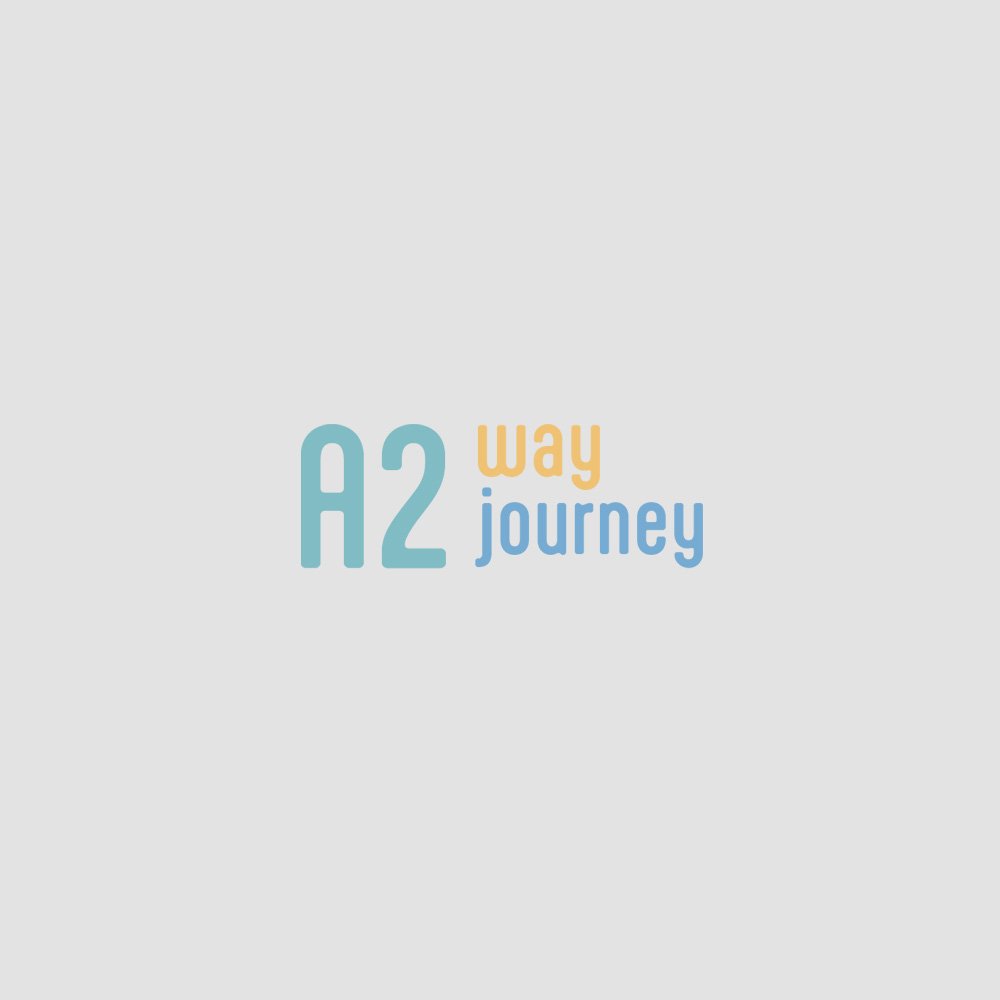
Hello again! It’s us, Daryna and Francis, and today we want to share what has become the heart of our project “A Two Way Journey Volunteers” in Ankara – social inclusion.
Bridges We Build: Social Inclusion in Action
When we first arrived here with the other volunteers we thought we would just be running workshops for Ukrainian refugees. But we soon realized we were doing something much bigger – we were creating a space where everyone could feel accepted and valued.
Social inclusion isn’t just a nice phrase from textbooks. It’s when 10-year-old Ukrainian girl, who arrived from Kharkiv 1 year ago and used to be shy about her accent, now confidently shows Mattias how to dance national dances. It’s when a woman who used to sit quietly in the corner afraid her English was “too bad,” now helps Bruno translate Portuguese recipes for other participants.
What Social Inclusion Feels Like When You Live It
We learned that inclusion begins with small actions. When Kseniia and Sasha automatically slow down their English when they see someone is struggling to follow. When Khrystyna and Maria pair newcomers with more experienced participants in every workshop so no one feels left out.
The first few weeks showed us just how many invisible barriers surround us. The language barrier is obvious, but there are others: Cultural barriers, when people aren’t sure if it’s okay to share personal stories. Psychological barriers, when someone is afraid of making a mistake and looking “silly.” Social barriers, when people from different backgrounds aren’t sure how to connect.
Barriers We Overcome Together
The most fascinating part of our multilingual group is that English stopped being a barrier and became a bridge. We created a space where mistakes are not just tolerated – they’re welcomed as part of learning. When someone says, “I am very happy to cooking with you” instead of “to cook,” we all understand the meaning – and that’s what matters most.
Language as a Bridge, Not a Wall
Bruno had a great idea: language buddies. Each English-speaking volunteer pairs up with a Ukrainian participant to help each other learn. Francis is learning Ukrainian words from Daryna. Mattias is mastering cooking terms with Maria. Bruno can now say “Dyakuyu” and “Smachno” with a perfect accent thanks to Kseniia.
The most touching moments of inclusion often come from children. They don’t have the social fears or hesitations adults do. Little guy learned more English in one week than some adults did in a month – and now helps translate between his mother and us. Nine-year-old girl even ran her own mini workshop on traditional Ukrainian games for all the volunteers.
When Children Become the Teachers
Children show us that inclusion is a natural state – when there are no artificial divisions. They don’t see “foreigners” or “refugees” – they just see people to play, learn, and have fun with. We’re learning from them to be more open and less focused on differences.
We realized that true inclusion isn’t possible without emotional safety. People who have experienced displacement, loss of home, and separation from loved ones need a special kind of care.
Emotional Safety as the Foundation
Our team has a special gift for creating trust. She always remembers the little things – who likes tea with lemon, who is vegetarian, who’s had a tough day. These small details make people feel seen and cared for.
One of the most beautiful lessons from our project has been this: help is mutual. At first, we thought we, the volunteers, were helping Ukrainian refugees. But we quickly realized they were giving us just as much.
Mutual Support Instead of One-Way Help
This is real social inclusion: when the line between “helpers” and “those being helped” disappears, and everyone becomes equal contributors to something meaningful.
Of course, it’s not always easy. Sometimes there are misunderstandings due to cultural differences. For example, there was tension when some participants felt others were “too loud,” while those being labeled felt excluded. We had to organize an open discussion, where everyone could express their feelings without judgment.
Challenges We Face
Sometimes the language barrier still causes problems – especially when discussing serious or sensitive topics. Some people feel left out if others speak too fast or use complex words.
Our project in Ankara has just begun—we’ve only been here for two weeks—but the experience is already leaving a deep mark on us. Even in this short time, we’re learning that social inclusion isn’t a complicated program – it’s the art of truly seeing each person as someone with a unique story and value.
What We Take With Us
We’re discovering that the best way to break barriers is to create real human connections. That the most powerful help is the kind that empowers others to grow, contribute, and feel needed. And we’re just at the beginning of that journey.
Little by little, our small international project is becoming a living lab of inclusion, where we – both volunteers and participants – are learning to live together, respect our differences, and celebrate what unites us. We look forward to the weeks ahead, where we’ll continue proving – to ourselves and to others – that the world can be a place where everyone belongs and everyone has a voice.

